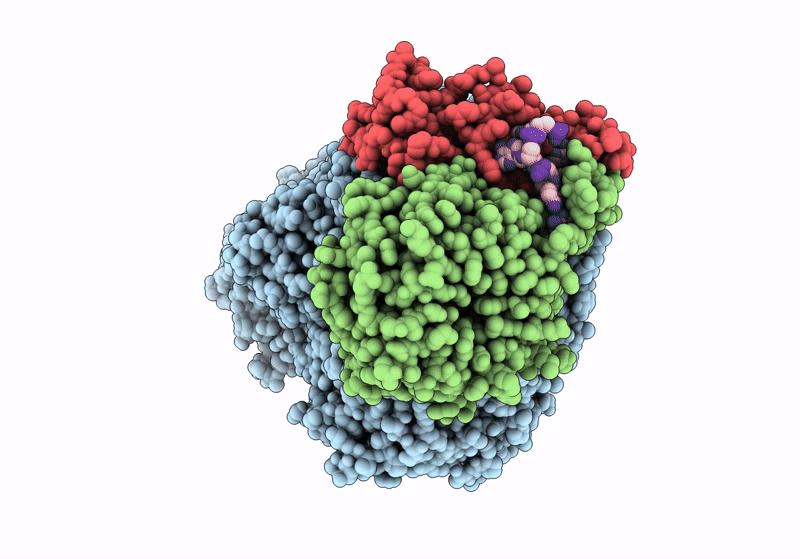
Deposition Date
2023-11-29
Release Date
2024-04-10
Last Version Date
2025-07-02
Entry Detail
PDB ID:
8R8R
Keywords:
Title:
Cryo-EM structure of the human mPSF with PAPOA C-terminus peptide (PAPOAc)
Biological Source:
Source Organism:
Homo sapiens (Taxon ID: 9606)
Host Organism:
Method Details:
Experimental Method:
Resolution:
2.79 Å
Aggregation State:
PARTICLE
Reconstruction Method:
SINGLE PARTICLE


